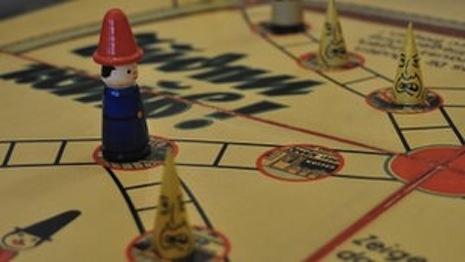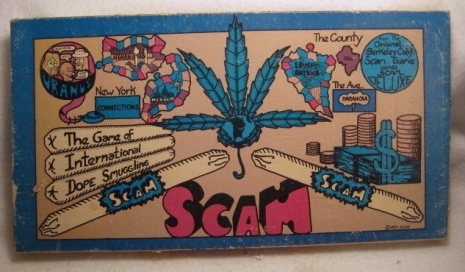
Monopoly recently released a new version of its board game called the “Cheaters Edition.” It’s exactly what you think it is. Instead of moving around the board purchasing property like society has educated us to do, players are now encouraged to LIE and CHEAT their way to commodity and wealth. Because life isn’t supposed to be fair. This realistic portrayal of the business world rewards those who can stealthily commit white-collar crimes, such as steal money, swipe properties, and basically, fuck over everyone else out there trying to make an honest living. If you get caught in the act, however, you will be forced to wear a stupid plastic handcuff that is chained to the game board. So we’ll see if it was all worth it, RIGHT DONALD TRUMP?
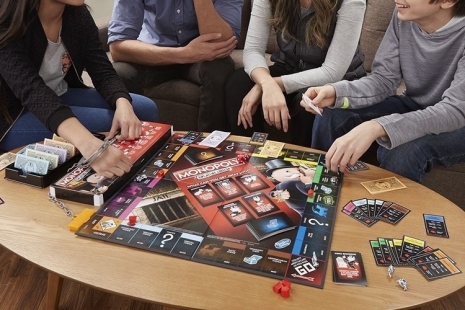
According to Hasbro, Monopoly: Cheater’s Edition was created after a product survey revealed that nearly half of its players cheat at the game. So, they made a version that encourages that sort of behavior. It’s no surprise then, why video games like Grand Theft Auto are so popular. We like to be bad without facing the consequences (except for maybe a plastic handcuff). I don’t have the patience for fucking Monopoly, either.
Let’s take a moment to pay respect to a real OG in the underground board-gaming world. This one’s called SCAM: The Game of International Dope Smuggling. Released by Berkeley’s Brown Bag Enterprises in 1971, the year Nixon declared a federal “War on Drugs,” SCAM is all about slinging dope and getting paid. Players move around a colorful, hand-drawn board collecting “Connections” and “Paranoia” cards, which will either help or hinder as one navigates the underground and strikes drug deals. Along the way, you will travel to exotic locations of criminal activity and drug trafficking, such as New York, Afganistan, Mexico, South America, Uranus (!), and maybe even jail. The game, which came rolled up in a tube designed to look like a big doobie, was popular among the hippies and trippers of counterculture and, as many have described it, was particularly advanced given its illicit subject matter.
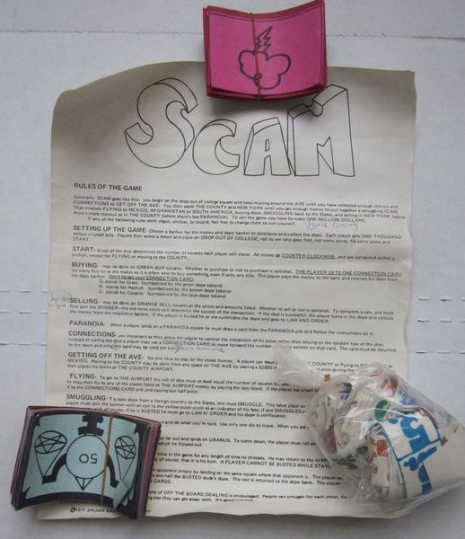
Someone was able to scan the official game rules, an excerpt of it can be read below:
Generally, SCAM goes like this: you begin on the drop out of College square and keep moving around the AVE until you have enough money and CONNECTIONS to get off the AVE. You then work the COUNTY and NEW YORK until you get enough money to put together a smuggling SCAM. This involves FLYING to MEXICO, AFGANISTAN or SOUTH AMERICA, buying dope, smuggling back to the States and selling in NEW YORK (where there’s more money) or in THE COUNTY (where there’s less PARANOIA). To win the game, you have to make ONE MILLION DOLLARS.
If any of the following rules seem vague, unclear or stupid, feel free to change them to suit yourself.
Every so often, an original SCAM board game pops up for sale online. Prices usually range between $150-$350, but Triple Beam Games has a ripped-off bootleg version available on Amazon for $25, titled TRAFFIC: The game of INT’L dope smuggling. Add that to the growing list of drug dealing board games from over the years, including Dealer McDope, Beat the Border, and Gilbert Shelton’s Feds ’N’ Heads. Smack not included.
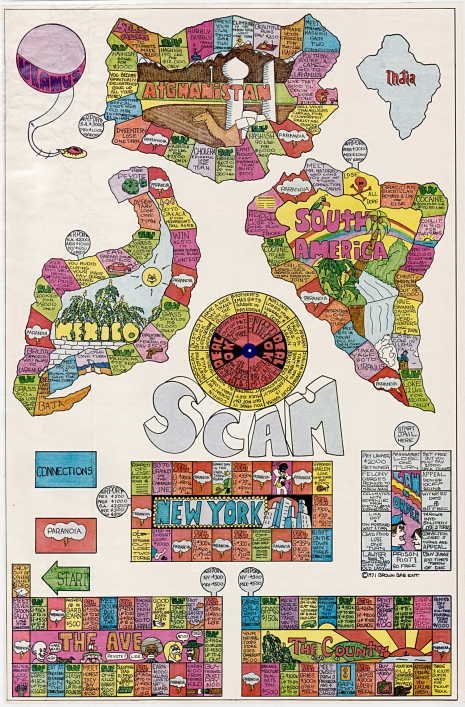

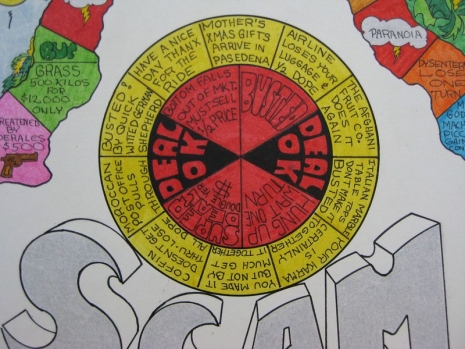
More after the jump…






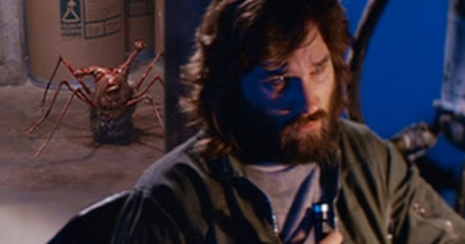
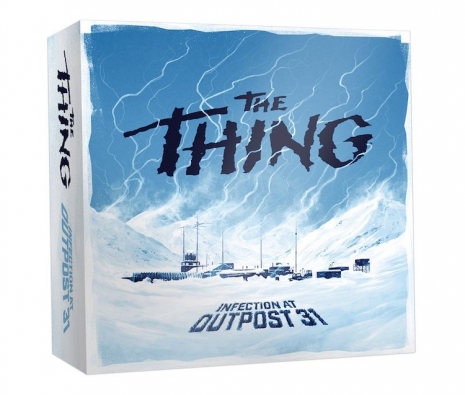

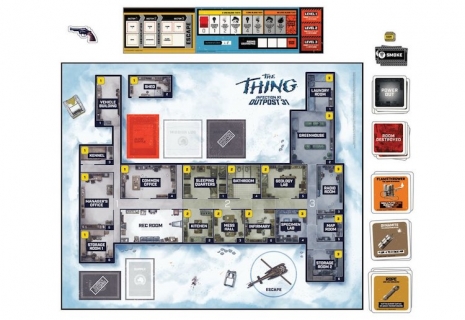
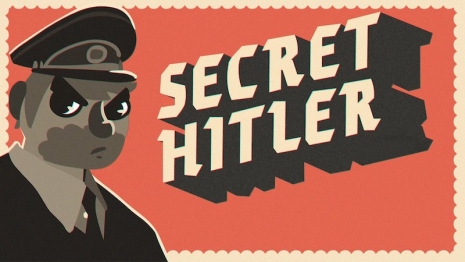
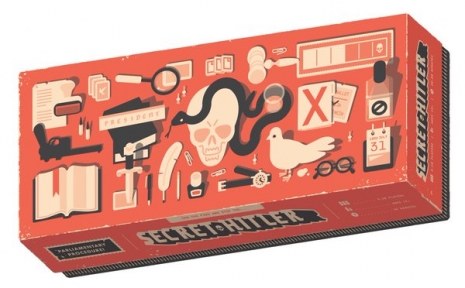
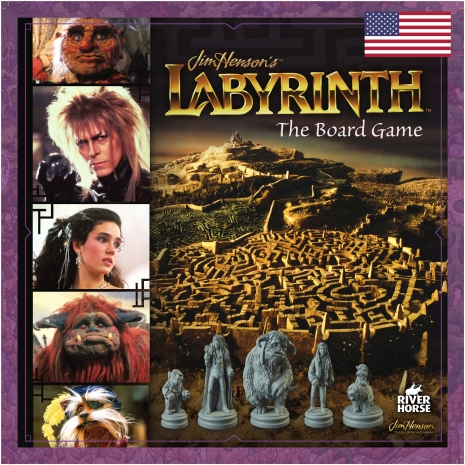

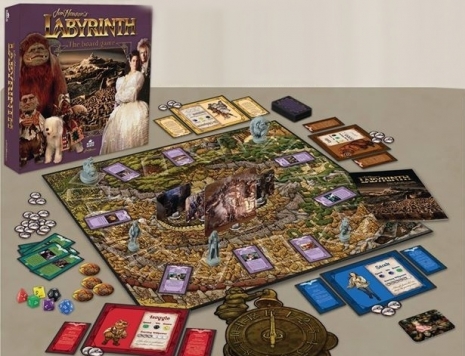


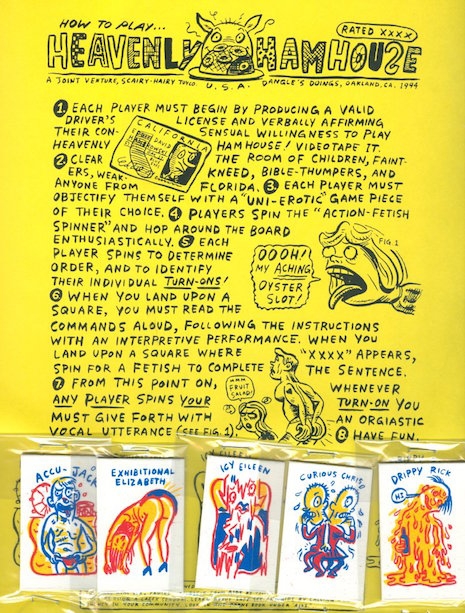
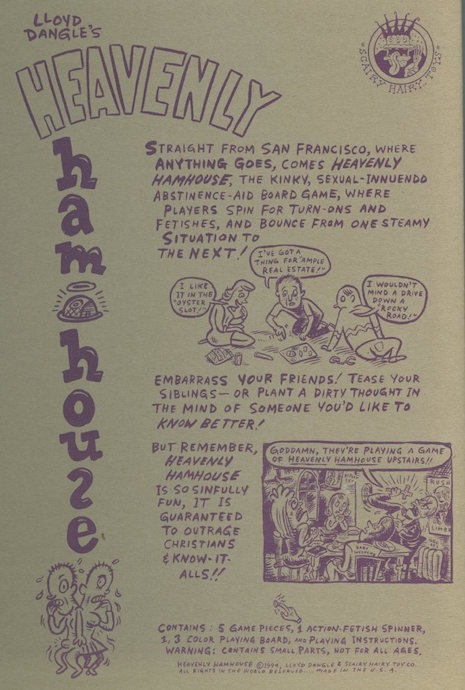

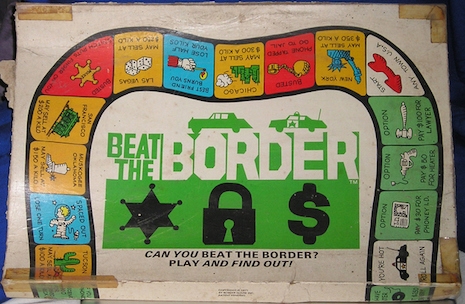

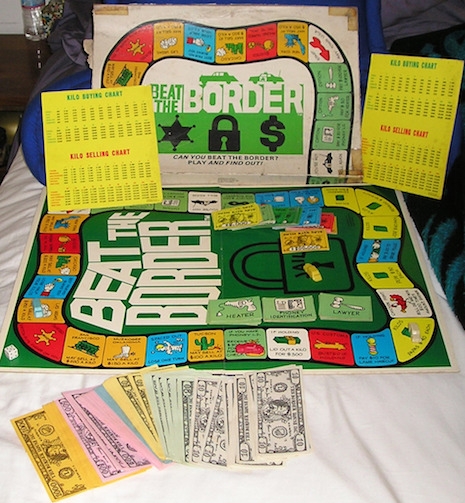
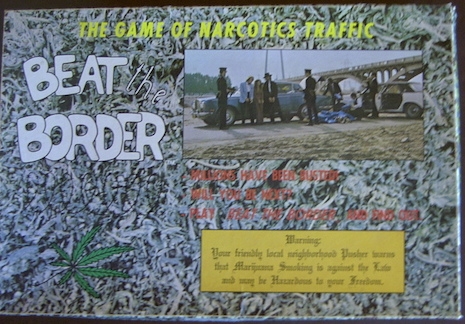
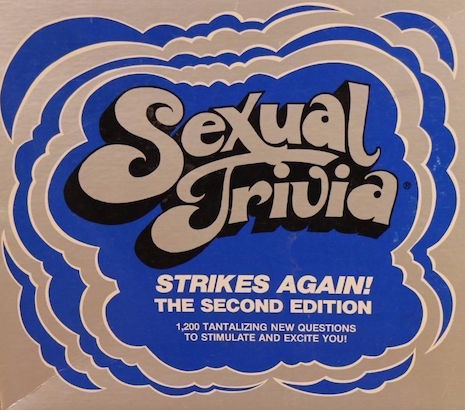
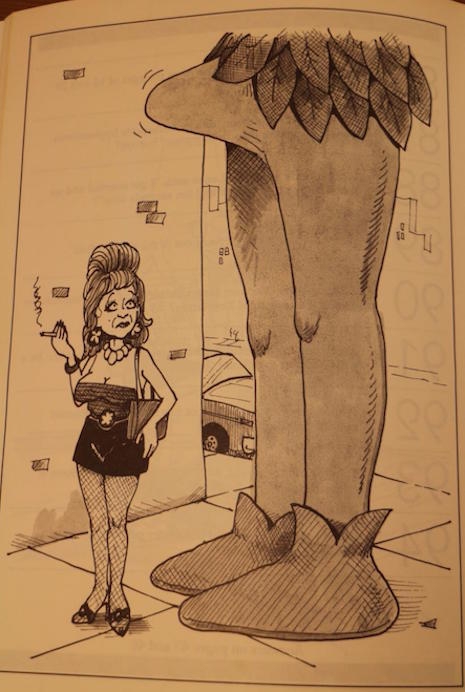
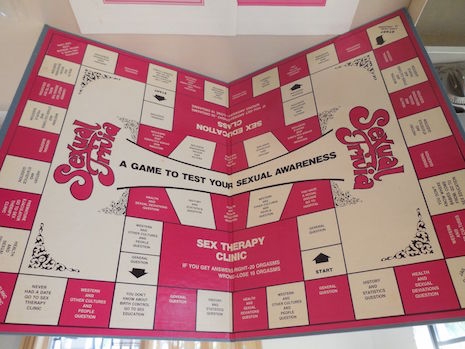




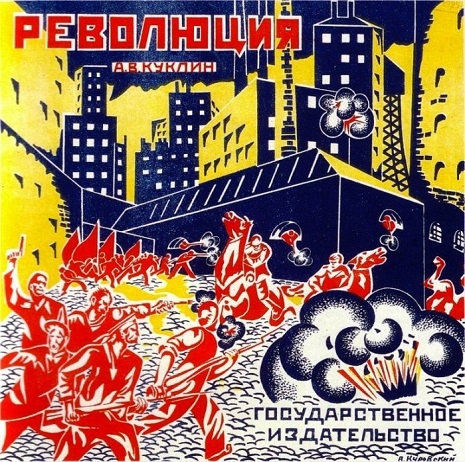

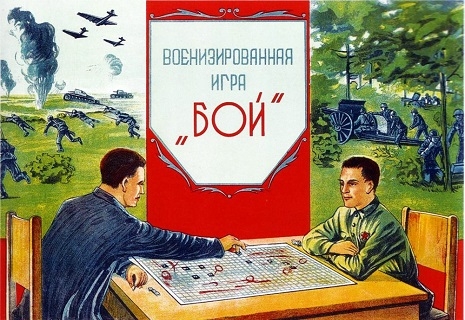

236_465_284_int.jpg)
